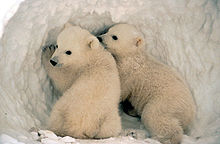Type a search term to find related articles by LIMS subject matter experts gathered from the most trusted and dynamic collaboration tools in the laboratory informatics industry.

Fur is the hair of mammals. Different species may have quite different styles of hair, making them more or less suitable to the fur trade, but many are as follows:
Fur usually consists of two main layers:
Many large mammals have little hair, because their body mass radiates proportionately less heat (elephants, rhinoceros, hippopotamus). When elephants lived in arctic conditions they did have fur (woolly mammoths).
Marine mammals usually have little or no fur: the fur would become waterlogged. They have a layer of fat (blubber) underneath their skin. A special case is the naked mole-rat, whose hairlessness is probably an adaptation to their underground life-style.